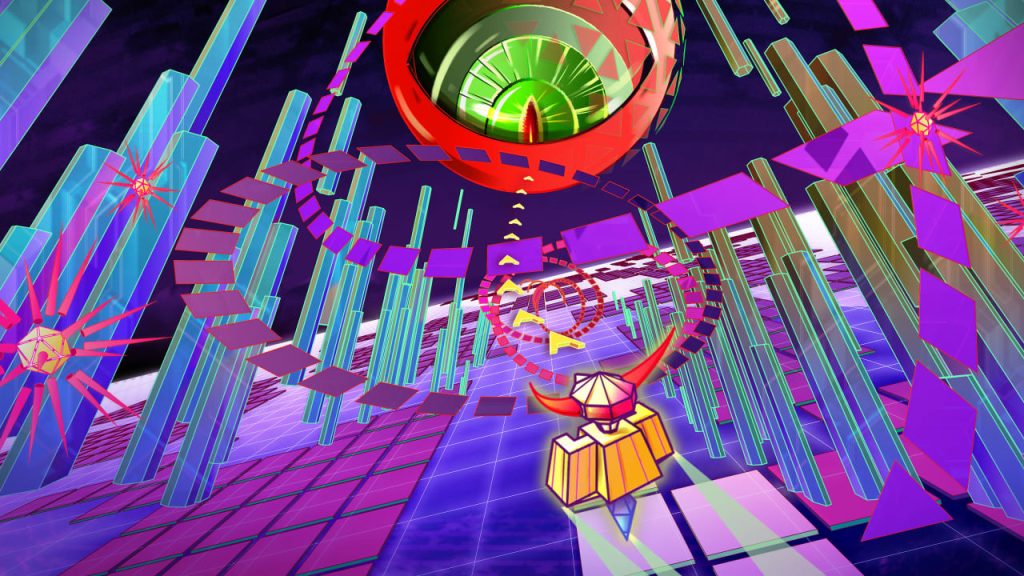Atari’s latest release, *I, Robot*, is not connected to the 2004 film or Isaac Asimov’s literature. Instead, it serves as a reimagining of Dave Theurer’s 1984 arcade game, notable for its early use of 3D polygonal graphics, which ultimately didn’t perform well commercially, with fewer than 1,000 units produced.
Reviving a Classic
Developer Llamasoft, led by Jeff Minter, is known for revitalizing underappreciated games while preserving their original essence. Previous titles like *Akka Arrh* received similar treatment, showcasing Minter’s passion for reintroducing classic arcade experiences to modern audiences.
Gameplay Mechanics
In *I, Robot*, players navigate intricate mazes by removing tiles while evading threats from “Big Brother,” who monitors your progress with lethal consequences for any misstep. The gameplay encompasses 55 levels filled with various enemies, including floating black orbs and birds that traverse the stages. A projectile weapon is available for defense, but typically, evading foes is the preferred strategy to optimize your score.
Scoring System
Tile removal builds a scoring multiplier, peaking at 300 points per tile removed. If the player dies, this multiplier resets. The game encourages continuous movement, gradually reducing the multiplier if stationary. Experienced players soon find themselves strategizing for efficient level completion to maximize scoring while dealing with enemies.
Achieving the maximum multiplier grants invincibility temporarily, allowing freer movement across the levels without fear of threats. Keeping this multiplier intact requires players to engage with enemies, reminiscent of *Pac-Man*-style gameplay. Mastery lies in efficiently navigating through levels while maintaining both invincibility and a high score.
Segment Transitions and Arena Battles
Between stages, players encounter a tunnel section where they must shoot incoming “tetras.” Successfully destroying these contributes significantly to the score, while merely surviving grants extra lives. Moreover, Arena stages require players to move freely while automatically targeting enemies, focusing on positioning for effective attacks to uncover hidden tiles—drawing a parallel to *Splatoon* gameplay mechanics.
Visual and Audio Presentation
Visually, *I, Robot* offers a psychedelic aesthetic befitting Minter’s style, featuring vibrant, oscillating backgrounds and quirky text animations that pop up as players achieve scores. Procedural music enhances the experience, growing in intensity as the score increases, complementing the unique auditory effects familiar to fans of Minter’s works.
Players can modify backgrounds to reduce visual intensity or explore the Ungame mode, which allows customization of the game’s visual parameters, although deep engagement with this option may vary among players.
Performance and Conclusion
Performance is generally stable, maintaining a solid frame rate. However, players should be cautious about putting the game into sleep mode, as occasional slowdowns have been reported upon reloading. Following a patch prior to the game’s launch, these issues appeared resolved.
Overall, *I, Robot* offers an engaging and rewarding experience, successfully modernizing a niche classic for a new generation while providing layers of strategy and psychedelic flair that can captivate both newcomers and seasoned players alike.

